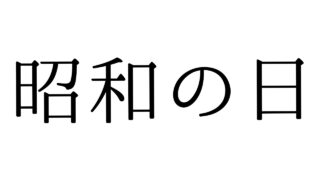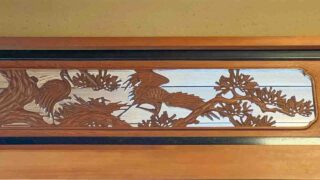Introduction
Primary education lays the foundation for a child’s lifelong learning journey. However, the duration and structure of primary school education vary significantly across countries. By examining the characteristics and backgrounds of different school systems, including Japan’s six-year primary education, we can better understand how culture and history shape educational practices worldwide.
Japan’s Six-Year Primary Education: History and Features
Japan’s modern school education system originated from the 1872 Educational Code, which established the foundation for compulsory education and ensured that all children had access to schooling. The six-year primary education system is designed to align with children’s developmental stages and provide them with the necessary basic knowledge and skills.
Key Features of Japanese Primary Education
- Homeroom teacher system: Each class is assigned a homeroom teacher who supports students’ overall learning and daily life.
- Subject-based learning: Students study various subjects, including Japanese, mathematics, science, social studies, music, art, home economics, and physical education.
- Moral education: Dedicated classes focus on nurturing children’s moral development.
- Special activities: A wide range of activities, such as classroom activities, student council, clubs, and school events, foster social skills and communication abilities.
The Diversity of Primary Education Around the World
Primary education systems worldwide reflect the unique cultural, historical, and social needs of each country.
Characteristics of Primary Education in Different Countries
- United States: In most states, primary education lasts 6-7 years, from Kindergarten through 5th or 6th grade. However, the education system varies by state.
- United Kingdom: In England, primary school education spans seven years, from age 5 to 11. The education systems in Scotland, Wales, and Northern Ireland differ slightly.
- Germany: Grundschule (primary school) lasts four years, from grades 1 to 4. After that, students move on to different secondary education institutions (Gymnasium, Realschule, or Hauptschule) based on their abilities.
- Finland: Basic education starts at age 7 and lasts for nine years, combining primary and lower secondary education into a single, comprehensive system.
- China: Primary education is part of the compulsory education system and lasts six years. However, there may be disparities in the quality of education between urban and rural areas.
These examples illustrate how the duration and content of primary education in each country are shaped by their unique educational policies and social contexts.
Conclusion
Primary education plays a crucial role in shaping children’s lives and future prospects. While Japan’s six-year system is well-established and tailored to children’s developmental stages, a closer look at the global landscape reveals a diverse array of school systems. Each country’s primary education has evolved in response to its specific cultural, historical, and social needs. In an increasingly globalized world, understanding different education systems fosters cross-cultural understanding and international cooperation. At the same time, recognizing the strengths and unique features of one’s own education system can inspire reflections on how to further improve educational practices.




















